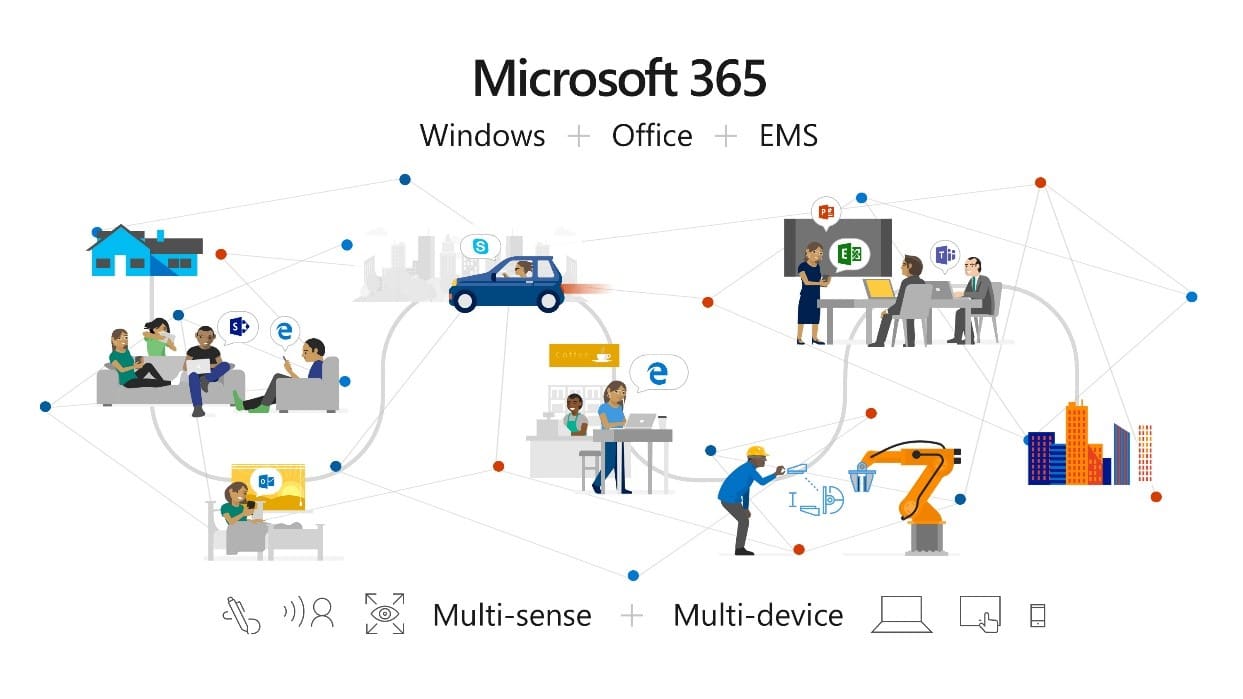We are trying to get a legacy 16 bit application running on Win 10 32 bit which requires EMS memory.
We have enabled NTVDM on Win 10.
We understand that we can configure config.nt in C:WindowsSystem32 to enable EMS support.
According to the sample config.nt provided with a fresh install, EMS is enabled using the EMM command :
REM EMM
REM You can use EMM command line to configure EMM(Expanded Memory Manager).
REM The syntax is:
REM
REM EMM = [A=AltRegSets] [B=BaseSegment] [RAM]
REM
REM AltRegSets
REM specifies the total Alternative Mapping Register Sets you
REM want the system to support. 1 <= AltRegSets <= 255. The
REM default value is 8.
REM BaseSegment
REM specifies the starting segment address in the Dos conventional
REM memory you want the system to allocate for EMM page frames.
REM The value must be given in Hexdecimal.
REM 0x1000 <= BaseSegment <= 0x4000. The value is rounded down to
REM 16KB boundary. The default value is 0x4000
REM RAM
REM specifies that the system should only allocate 64Kb address
REM space from the Upper Memory Block(UMB) area for EMM page frames
REM and leave the rests(if available) to be used by DOS to support
REM loadhigh and devicehigh commands. The system, by default, would
REM allocate all possible and available UMB for page frames.
REM
REM The EMM size is determined by pif file(either the one associated
REM with your application or _default.pif). If the size from PIF file
REM is zero, EMM will be disabled and the EMM line will be ignored.
Q. What is the correct syntax for using EMM in config.nt to enable EMS ?
We have tried :
EMM =
EMM = [A=8] [B=0x4000] [RAM]
EMM = A=8 B=0x4000 RAM etc.
just to see if any expanded memory is configured (we check using mem at the command prompt).
The error 'Command not recognised in config.nt' is always returned for this line when we go to launch the application.
We have tried searching for more help and examples of editing config.nt for Win 10 32 bit, however, there does not appear to be anything in Win 10 help and no useful references / examples when we search the topic on the internet.
Can anyone point us to some meaningful references / examples on config.nt for Win 10 32 bit ?
Regards,
Darren
Continue reading...

- What this means is that EMS helps protect and secure your organization with its products that act to increase security features of Windows 10 and Microsoft 365. How do I get EMS? Microsoft EMS can be purchased as a standalone product. EMS E3 is $8.80 USD/user/month while EMS E5 is $14.80 USD/user/month.
- As part of this, EMS protects across users, devices, apps and data and is specifically designed to work together with Office 365 and Windows 10 to enable security that does not compromise user experience. EMS also secures and manages across thousands of SaaS applications, on-premises apps, as well as safeguarding data across iOS and Android.


Ems Enabled Windows 10 Update
Hi all, We are utilising the Intel vPro/AMT technology and have found it useful to connect to machine via Serial Over LAN (SOL). We can't utilise the KVM as the graphics cards are not the Intel On-board GPU, but rather a discrete graphics card.If we boot the machine via a Windows PE image (based on Windows 2003), we can connect to the machine and of course we can get to the SAC prompt,. On Windows 10, if applications keep crashing or they're running very slowly, or you're experiencing weird things, such as random reboots, freezes, or sudden Blue Screens of Death (BSOD), it could. Expand your security with EMS. Get greater protection, detection, and response capabilities for your mobile workforce. EMS and its products increase the security features of Windows 10 and Microsoft 365 and extend them to your entire environment including investments that aren’t supplied by Microsoft.